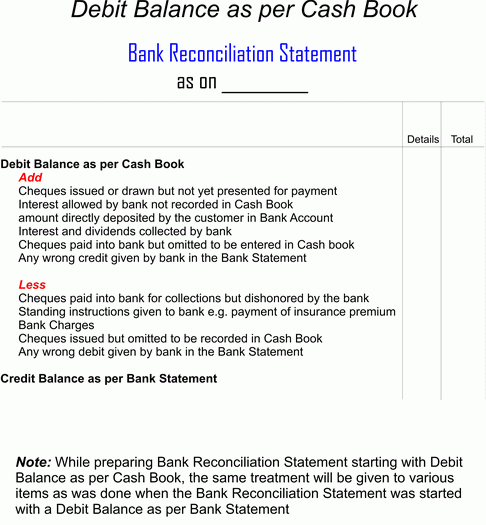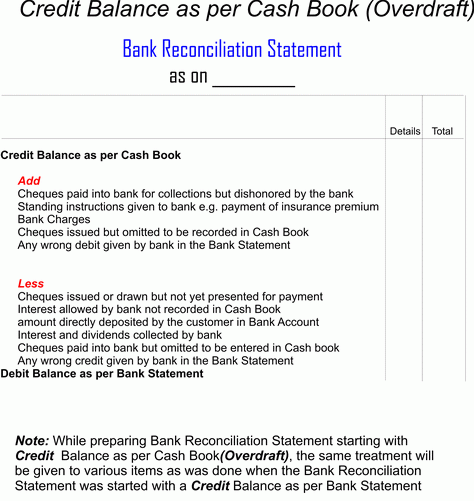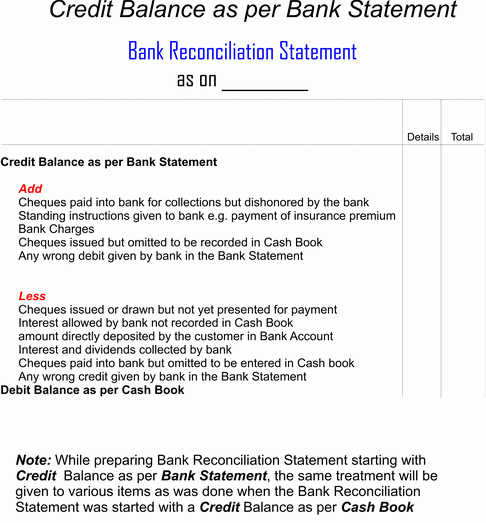The statement of Trial Balance is not a final and conclusive proof of the complete correctness of books. This is because, there are certain errors in the books of accounts which may be committed while recording, classifying or summarizing the financial transactions which are not disclosed by the trial balance. The following are some of the errors which will not affect the agreement of Trial Balance:
· Classification of Errors
Errors can be classified on the basis of its nature:
I. Errors of Omission.
II. Errors of Commission.
III. Errors of Principles.
IV. Compensating Errors.
I. Errors of Omission: When business transaction is either completely or partly omitted to be recorded in the books of prime entry it is called an ‘error of omission’. When a business transaction is omitted completely, it is called a ‘complete error of omission”, and when a business transaction is partly omitted, it is called a “partial error of omission”. A complete error of omission does not affect the agreement of trial balance whereas a partial error of omission may or may not affect the agreement of trial balance.
An example of a complete error of omission is goods purchased or sold may not be recorded in the purchase book or sales book at all. This error will not affect the trial balance. An example of a partial error of omission is goods purchased for Rs. 5,500 recorded in Purchase Book for Rs. 550. This is a partial error of omission.
II. Errors of Commission: Errors of Commission may be occurred by wrong recording in the books of original entry. The committed errors arise due to the negligence of the Accountant while recording, totaling, carrying forward and balancing the accounting process. The errors of commission may arise due to the following ways :
(1) Entering the wrong amount to the correct side of correct subsidiary books
(2) Entering the correct amount to the wrong side of correct subsidiary books
(3) Entering the correct amount to the correct side of wrong subsidiary books
(4) Posting wrong amount to the correct side of the accounts
(5) Posting correct amount to the wrong side of the accounts
(6) Posting to the correct side of the account but making double posting.
III. Errors of Principles: When a business transaction is recorded in the books of original entries by ignoring the basic/fundamental principles of accountancy it is called an error of principle. Some examples of these errors are:
(a) When revenue expenditure is treated as capital expenditure or vice-versa, e.g. building purchased is debited to the purchase account instead of the building account.
(b) Revenue expenses debited to the personal account instead of the expenses account, e.g. salary paid to Mr. Ashok, a clerk, for the month of June, debited to Ashok’s account instead of salary account.
IV. Compensating Errors: Compensating errors refer to those errors which are compensated by each other. In other words, the effect of one error is compensated by the other. Such errors which do not affect the agreement of the trial balance. For example, if wage paid Rs. 1,000 is debited in the Wage Account at Rs. 1,500 and dividend received Rs. 1,500 is credited in the Dividend Account at Rs. 2,000, the excess debit in Wage Account is compensated by an excess credit of Rs. 500 in Dividend Account.




